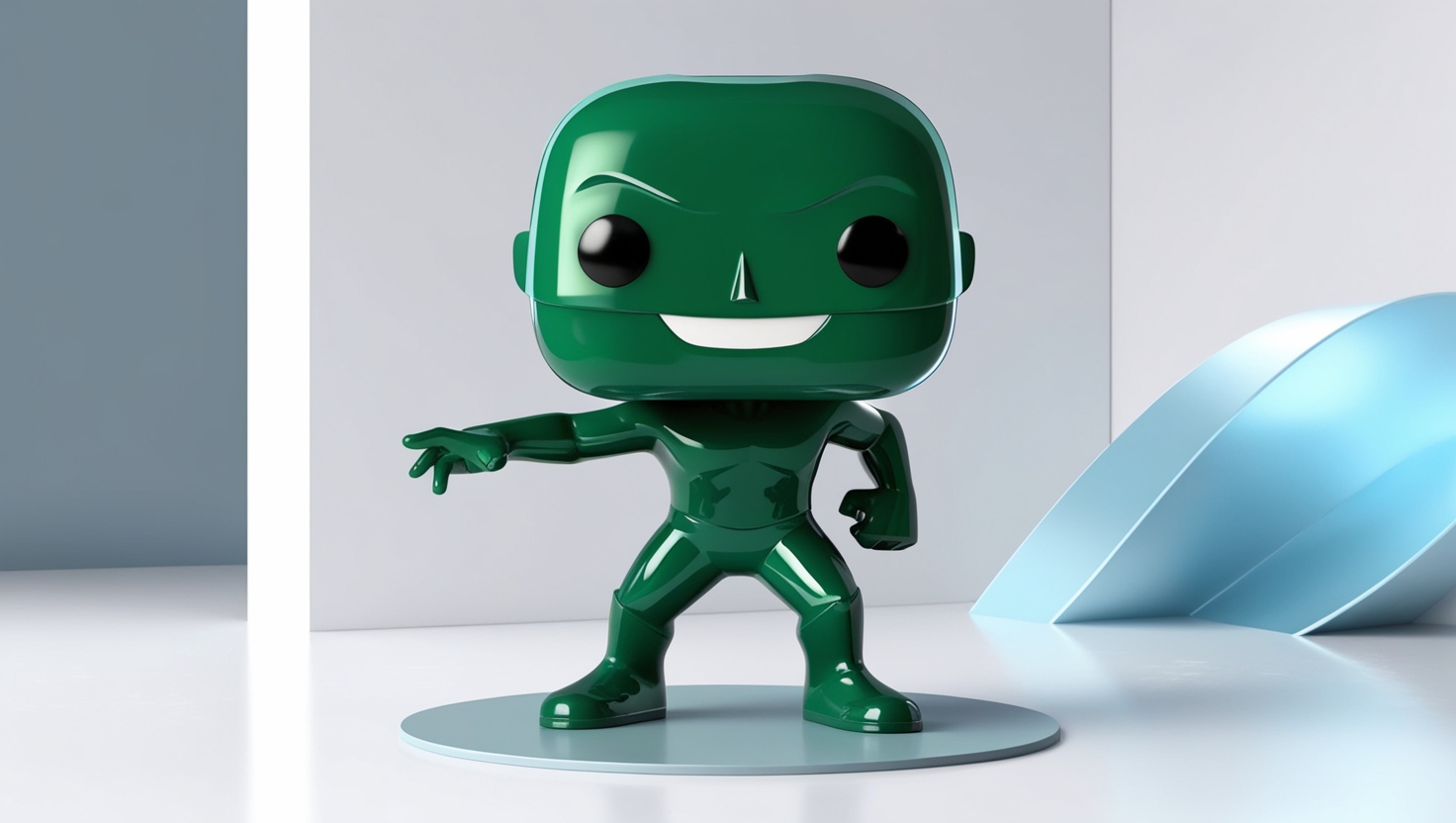Crafting an intuitive user interface is like designing a well-lit path through an unfamiliar forest. Every element you choose—buttons, icons, or even the spacing between text—becomes a marker that guides users toward their goals, without them ever feeling lost. But striking this balance requires more than aesthetics; it demands a deep understanding of human behavior, psychology, and interaction patterns. User interfaces are not just the face of a product; they are the silent conversation between the user and the system, shaping perceptions and emotions. Let’s delve into the key ideas that will help you shape interfaces that not only function but also connect with users on a deeper level.
1. Prioritize Clarity and Simplicity
When users land on your interface, their goal is rarely to admire your design work. They want to complete tasks quickly and efficiently. Ensure your design speaks clearly by avoiding clutter and simplifying pathways. Overwhelming users with too many options or visual noise will only lead to frustration. Instead, create a straightforward design with a clear hierarchy, so users know where to click, tap, or scroll without hesitation.
2. Design with Accessibility in Mind
Design should be inclusive, allowing users of all abilities to navigate and interact seamlessly. Consider elements such as color contrast, text readability, and alternative input methods. Implementing features like screen reader compatibility and keyboard navigation doesn’t just make your interface more inclusive—it also demonstrates a commitment to making technology accessible for all.
3. Consistency is Key
Consistency helps users form mental models, which allows them to navigate your interface effortlessly. Stick to a uniform design language across all pages and components. If a button looks a certain way in one part of your interface, make sure it behaves the same way everywhere else. Visual and functional consistency builds trust and reliability, reducing the cognitive load on users.
4. Anticipate User Actions
Think ahead and design your interface in a way that anticipates user needs and behaviors. Implement meaningful feedback through micro-interactions that respond to user inputs—such as changing button colors or animations that confirm actions. Predicting potential user errors and providing corrective suggestions in real time can also make the experience smoother, enhancing overall usability.
5. Make It Responsive and Adaptive
People access interfaces across various devices and screen sizes, from smartphones to desktop monitors. Your design must be flexible enough to adapt without losing its clarity or functionality. Implementing a responsive design approach ensures that the interface automatically adjusts to fit the screen it’s displayed on, enhancing the user experience across all platforms.
6. Leverage White Space
Space isn’t just an absence of design; it’s a powerful tool for guiding the user’s attention. Properly used white space can highlight important elements, give users a break between chunks of information, and prevent the interface from feeling crowded. Let your design breathe and allow users to focus on what truly matters.
7. Use Visual Cues Wisely
Icons, colors, and typography aren’t just decoration—they communicate meaning. Use visual cues to guide users, indicating which elements are clickable, important, or require immediate attention. However, avoid overloading your design with too many signals, as this can lead to confusion. The key is balance: let your visual cues enhance, not overwhelm, the user’s journey.
8. Test, Iterate, Improve
No interface is perfect from the start. What works in theory may not translate well in practice, which is why continuous testing is crucial. Conduct usability tests with real users and be ready to iterate based on their feedback. Improving the interface through small, incremental updates ensures that it remains relevant and user-friendly.
Conclusion
Designing user interfaces is less about pixels and more about people. It’s about crafting experiences that are intuitive, inclusive, and engaging. By focusing on clarity, accessibility, and consistency, you can build interfaces that empower users rather than confuse them. In the end, the best UI designs are the ones users hardly notice—the ones that simply work. They’re like a favorite pair of shoes: functional, comfortable, and so well-suited that you hardly even realize you’re wearing them.








